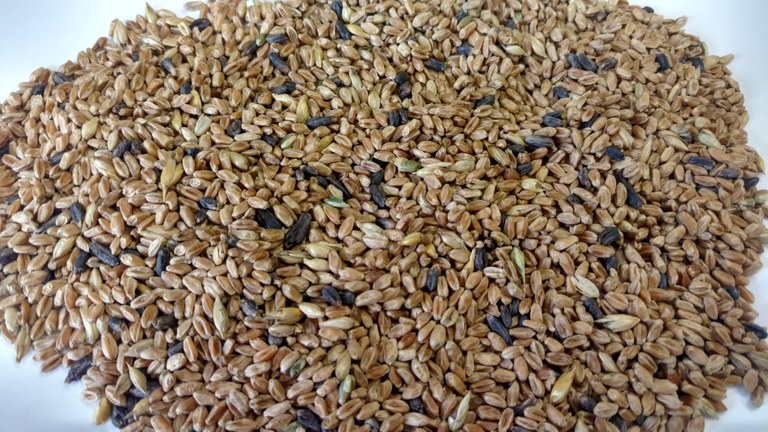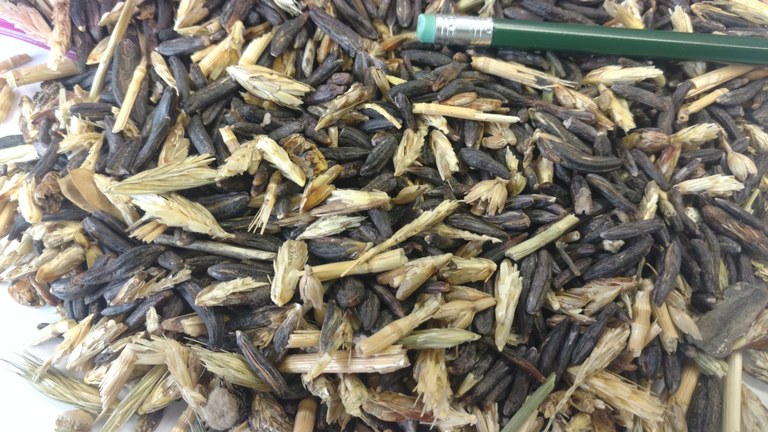Ergot and Cattle Feed Don’t Mix
Grain screenings are routinely used as cattle feed. Since the price of screenings is substantially reduced compared to other feedstuffs, it is an economical feed source for the cattle producer. The use of this feed source also helps grain farmers avoid discarding or landfilling the screenings.
HOWEVER, this year’s small grains or small grain screenings may contain ergot. Some fields may be affected with ergot more or less than others. There are purchasing elevators that have rejected small grains this season because of ergot levels. The next question is: “If the elevator rejected the grain can I sell it or use it for cattle feed?”
The poison is in the dose and dilution is the answer. Let’s use this example: The elevator rejected the grain since it was over 0.5% ergot bodies by weight. The NDSU toxicologist’s recommended maximum is 0.1% ergot by weight. If the feed was 0.2% ergot by weight, then limiting this feed at 50% of the ration by weight may not show symptoms of toxicity. Another example: if the feed was 2.0% ergot by weight, then limiting this feed at 5% of the ration by weight may not show toxicity.
Be careful to obtain a representative feed sample. If the sample containing ergot was not representative of a more concentrated portion of the feed, then you will be mistakenly feeding a more toxic ration.
Ergot comprises multiple compounds including ergotamine, ergovaline, ergocryptine, ergocornine, and ergocristine. The compounds are persistent vasoconstrictors; they reduce the blood flow. Reduced blood flow to the extremities can cause loss of hooves, tails, and ears. In the summer, the cattle cannot dissipate heat and are heat stressed. In the winter, reduced blood flow to the extremities can lead to frostbite. Decreased fertility, abortion and poor cattle performance are other symptoms.
Ergot-containing feed can be analyzed for the active ergot compounds. The NDSU Veterinary Diagnostic Toxicology laboratory can analyze ergot-containing samples for a fee. https://www.vdl.ndsu.edu/contact
Ergot can affect rye. The long black ergot bodies in rye are easily detected. Ergot in wheat is described as black or dark purple hard outside shells with white to grey insides.

The picture above has about 80 ergot bodies per 1000 kernels of wheat. Roughly, that’s 8% ergot. That would be limit feeding to 1% of the cattle ration. If you decide to feed at 1% of the ration, be sure to have excellent mixing capabilities since a ‘hot spot’ or an inadequately mixed feed could harm a calf or cow.
 Screenings should always be suspect for ergot.
Screenings should always be suspect for ergot.
Karl Hoppe, Ph. D.
Karl.Hoppe@ndsu.edu
Extension Livestock Specialist


